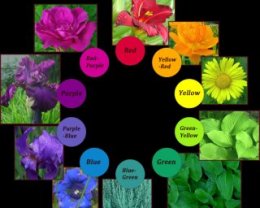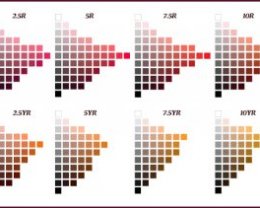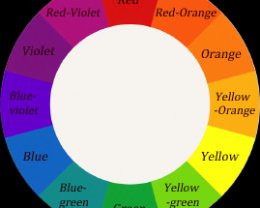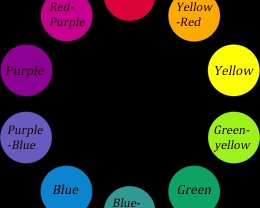
 Hue is also the attribute that provides the emotional impact – red is passionate; the colour of anger or cupid’s arrow, yellow is happy and optimistic. It should be noted here that the human response to a particular hue isn’t universal – it’s determined largely by our culture, and by personal experience. The colour red in China symbolizes good luck and prosperity, in India it means purity, and in Hebrew tradition it represents sacrifice and sin.
Hue is also the attribute that provides the emotional impact – red is passionate; the colour of anger or cupid’s arrow, yellow is happy and optimistic. It should be noted here that the human response to a particular hue isn’t universal – it’s determined largely by our culture, and by personal experience. The colour red in China symbolizes good luck and prosperity, in India it means purity, and in Hebrew tradition it represents sacrifice and sin.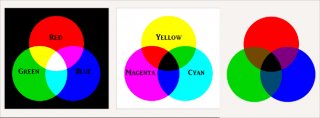 Blue may feel cool and calm to most, but if an individual experienced something traumatic in a room painted blue, that colour may forever trigger negative emotions. Case in point; many people experience bright yellow as a cheerful colour – I find it nauseating. When I was in my mid twenties I took up knitting (for whatever reason knitting had become a fad among young women at the time). I’d been working on a bright yellow mohair sweater (what can I say, it was the eighties and we all wore big hair, big shoulders and big colour). I stayed up late one night trying to finish this furry fright, and after hours of focusing on the gaudy garment, I went to sleep still visualizing bright yellow – indeed the colour permeated my dreams. I awoke several hours later feeling quite nauseous (apparently I’d come down with a nasty gastrointestinal bug). As I drifted in and out of near-delirious, nausea-interrupted sleep, I was still dreaming yellow. Once an association is made between a visual stimuli (or any stimuli) and an emotional or physical response, it may be with us for a lifetime. To this day bright yellow can still make me queasy.
Blue may feel cool and calm to most, but if an individual experienced something traumatic in a room painted blue, that colour may forever trigger negative emotions. Case in point; many people experience bright yellow as a cheerful colour – I find it nauseating. When I was in my mid twenties I took up knitting (for whatever reason knitting had become a fad among young women at the time). I’d been working on a bright yellow mohair sweater (what can I say, it was the eighties and we all wore big hair, big shoulders and big colour). I stayed up late one night trying to finish this furry fright, and after hours of focusing on the gaudy garment, I went to sleep still visualizing bright yellow – indeed the colour permeated my dreams. I awoke several hours later feeling quite nauseous (apparently I’d come down with a nasty gastrointestinal bug). As I drifted in and out of near-delirious, nausea-interrupted sleep, I was still dreaming yellow. Once an association is made between a visual stimuli (or any stimuli) and an emotional or physical response, it may be with us for a lifetime. To this day bright yellow can still make me queasy.
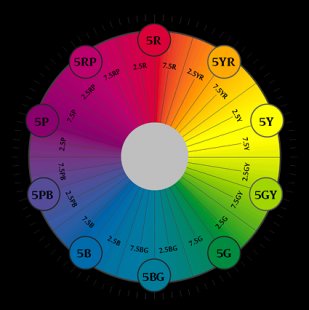 Primary Hues
Primary Hues
Perhaps you’ve heard conflicting information as to which hues are the primaries – are they red, green and blue? Cyan, magenta and yellow? Red, yellow and blue? The correct answer is……….all of them – it just depends which model you’re considering. The additive colour system, or RGB (red, green, blue) model, refers to the combining of red, green and blue light to produce a broad range of perceived colours – your computer monitor, television screen, and that awesome light show accompanying your favourite rock band in concert, utilize this model. The subtractive model, or CMYK is used in ink colorant systems, your inkjet printer for example – cyan, magenta and yellow are the primaries in this model.
